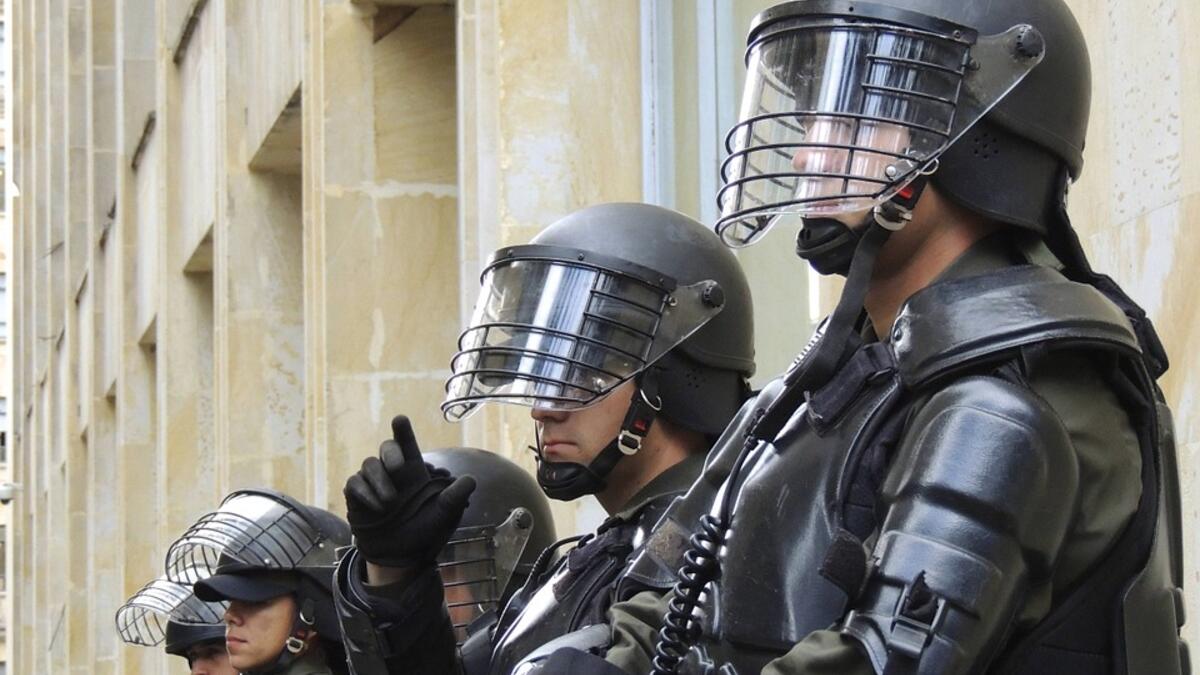A Los Angeles man gets into an online gaming dispute over a $1.50 wager and retaliates by sending a SWAT team to his opponent’s home. That address turns out to be fake and police end up at a Kansas residence, fatally shooting the homeowner at his doorstep.
Sound confusing? It’s called “swatting,” which refers to the act of deceiving emergency services into sending a police tactical unit to respond to an adversary or random person’s address. The FBI reports that approximately 400 of these fake calls occurred last year. The Kansas swatting incident is the first known perpetrated hoax that has resulted in death.
To understand more about this disturbing trend and what can be done to prevent it in the future, ASU Now turned to Michael S. Scott, a clinical professor at ASU’s School of Criminology and Criminal Justice and the director of the Center for Problem-Oriented Policing, a research center that produces and disseminates information about how police can effectively address specific public-safety problems.
Michael S. Scott
Question: What is swatting, and when did we first see this phenomenon emerging?
Answer: Swatting is making a false report of an emergency to 911 operators in order to prompt an emergency response by a police SWAT (special weapons and tactics) team. Typically, the caller disguises the telephone caller ID from which the call is actually being placed to make it appear to 911 operators that the call is emanating from a telephone and location elsewhere. This other location might be miles — even states — remote from where the false report is actually emanating. The motive behind such false reports is usually pure mischief, but it could also be an act of aggression or revenge against someone at the falsely reported location.
This phenomenon emerged as a relatively common problem nationwide about 10 years ago. Swatting is one of several policing problems that fall into the larger category of misuse and abuse of police services.
Q: Is it preventable, given that the intent is to deceive?
A: It is preventable, largely through technological changes to telephone 911 systems. Some 911 centers have made changes that make it harder to disguise caller locations — many as part of the so-called Next Generation 911 package of upgrades. But there is a certain technological cat-and-mouse game to this problem, with hoax callers constantly looking for new ways to disguise call locations and 911 technicians constantly looking to defeat those ways.
Q: How can law enforcement agents deal with swatting if it becomes a bigger trend?
A: Much of the response will have to continue to be technological changes of the sort mentioned above. Additionally, 911 operators can be trained, first to recognize the possibility of a swatting call, and second to ask callers certain questions that can readily be verified or disproved to ascertain whether the claimed emergency is real. The obvious trade-off is between delaying responses to genuine emergencies and preventing wasteful and hazardous responses to false emergencies. One option available to police is to restrict sending out full SWAT teams only to verified incidents, and relying on one or two patrol officers to make the initial response to verify whether the incident appears real and gauge what level of further response is warranted. Here, too, this involves some trade-off of time for certainty.
Q: What is the cost associated with a swatting call?
A: If a full SWAT team response is launched, depending on the protocols and costs of the particular team, a swatting call could cost tens of thousands of dollars, largely in the form of the responding officers' wages. Because not all SWAT teams operate on a full-time basis, part-time teams often must be called into service from off-duty, thereby generating considerable overtime compensation costs.
The real costs of the problem come if and when the SWAT response leads to injuries or fatalities of either civilians or officers. There are also opportunity costs that come from wasting officers' time (when they can't be doing other productive tasks).
Top: A SWAT team prepares to respond to an emergency call. Photo illustration courtesy of Pixabay
More Arts, humanities and education

ASU professor's project helps students learn complex topics
One of Arizona State University’s top professors is using her signature research project to improve how college students learn science, technology, engineering, math and medicine.Micki Chi, who is a…

Award-winning playwright shares her scriptwriting process with ASU students
Actions speak louder than words. That’s why award-winning playwright Y York is workshopping her latest play, "Becoming Awesome," with actors at Arizona State University this week. “I want…

Exceeding great expectations in downtown Mesa
Anyone visiting downtown Mesa over the past couple of years has a lot to rave about: The bevy of restaurants, unique local shops, entertainment venues and inviting spaces that beg for attention from…



